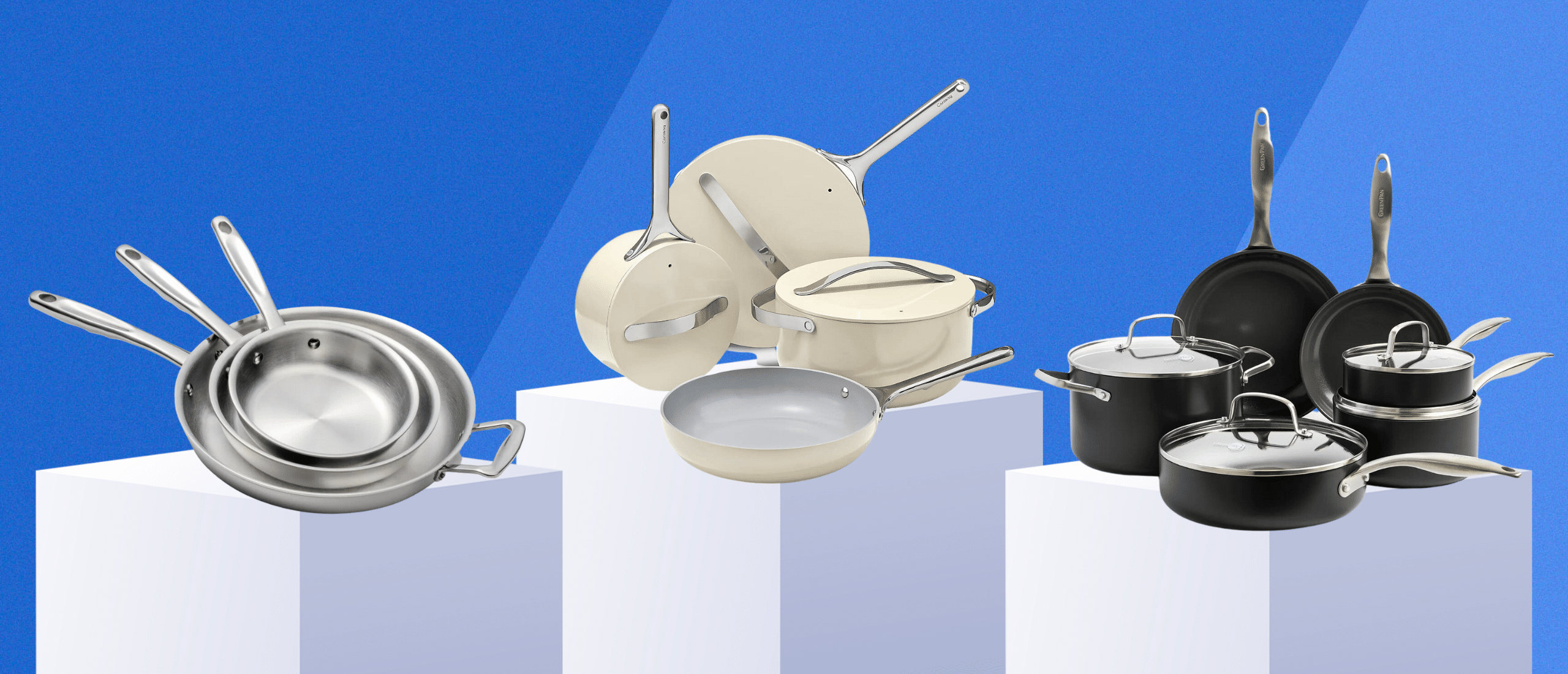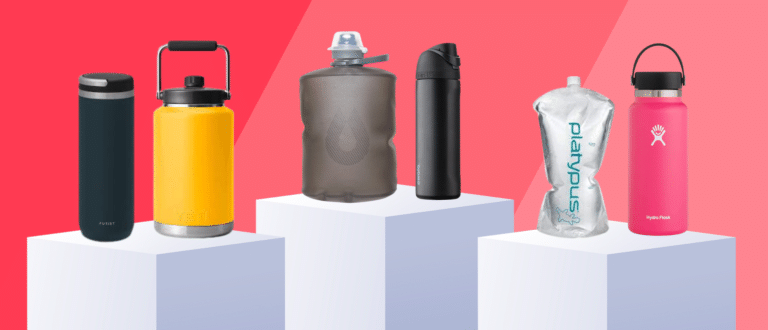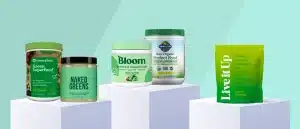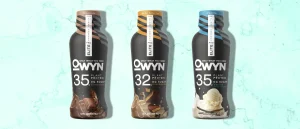It Doesn’t Matter How Healthy You Eat If Your Cookware Is Toxic
What if we told you that all of your healthy eating habits were defunct? All that chicken and rice. Your prized supplement stack. Organic produce and meat. None of it mattered because you’re unknowingly leaching chemicals into your body every single day. You may think you’re the beacon of health, but your insides are riddled with hormone-disrupting “forever chemicals” (aka chemicals that stay in your body forever) like PTFE (Teflon), PFOS, PFOA, PFAS, and BPA, plus lead, cadmium, aluminum, iron, and copper.
But it’s 2023, and there’s a solution for just about everything, including non-toxic cookware. Rather than using harmful chemicals and surfactants to create non-stick surfaces, the best non-toxic cookware brands use materials like enamel or ceramic to provide a non-stick surface without the need for artificial chemicals which leach toxins into food when heated.
What Type of Cookware Is the Most Harmful?
Anything labeled “non-stick” is likely riddled with chemicals. Some stealth materials like cast iron, copper, and aluminum are also just as detrimental according to Dr. Steven Gundry MD., Founder of Gundry MD and Host of the Dr. Gundry Podcast. Yep, that cast-iron skillet you love so much isn’t necessarily any better for you than your Teflon-coated non-stick pans from college. “It transfers loads of iron into your food, which is then transferred into your body when you eat. Iron ages us, so the last thing you want is extra iron in your body,” Gundry says.
However, there are exceptions to this rule. “Enamel or ceramic-coated iron or aluminum acts as a [non-penetrable] barrier between the hot metal and the food you’re cooking,” says Gundry. Though the natural non-stick nature of ceramic and enamel is preferred by many for its easier-to-clean finish, Gundry is a stainless steel stan.
“While I know that stainless steel can be a pain to clean, I’m also an advocate for olive oil due to its high polyphenol content. So just pour some olive oil into the pan and you should be good to go. If you’re worried about the high smoke point of olive oil, use Perilla Oil instead,” he adds.
Now that you’re undoubtedly running to the kitchen to confront your fears of toxic cooking supplies, it’s probably a good time to introduce you to the best non-toxic cookware brands for a total overhaul.
The 7 Best Non-Toxic Cookware Brands












